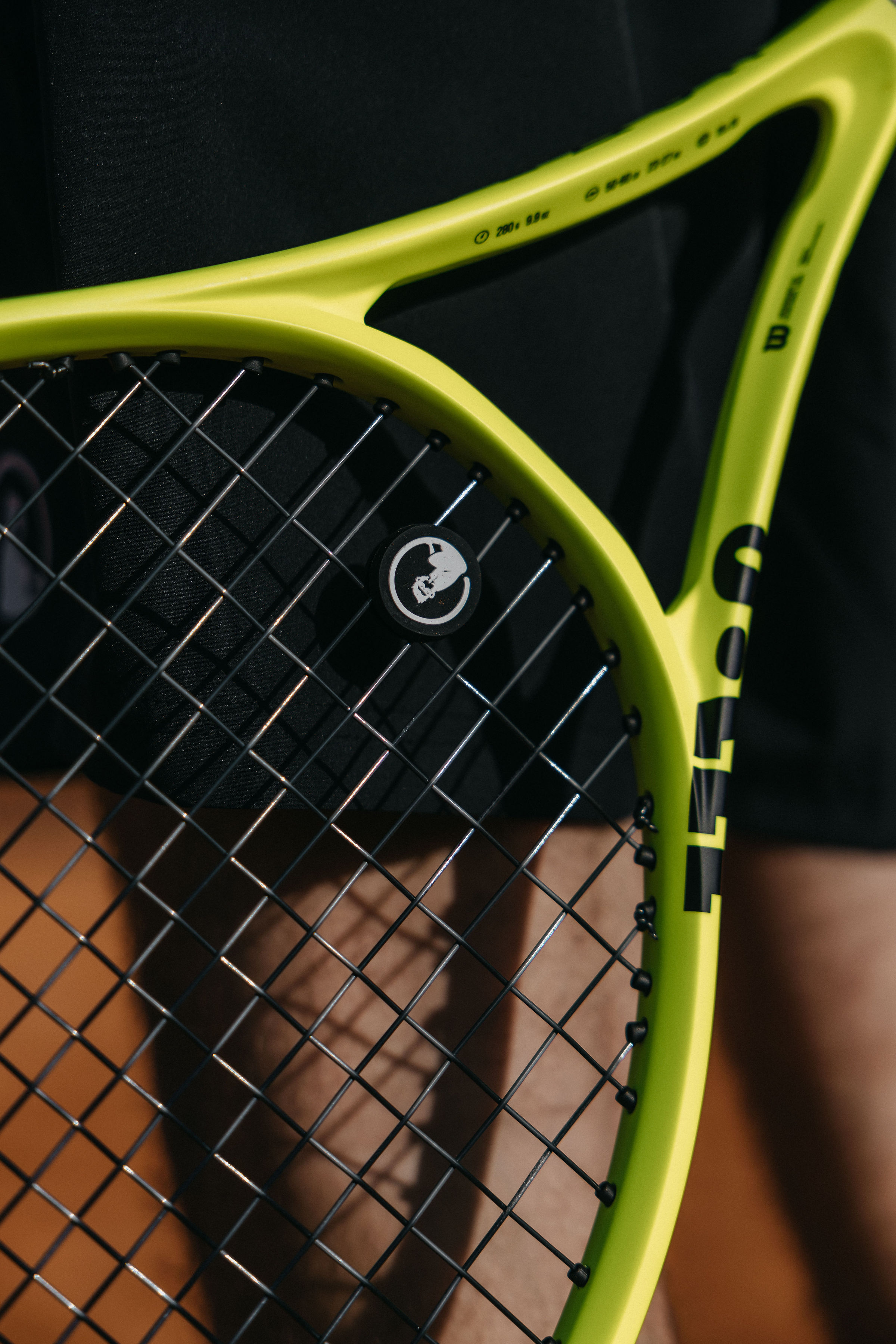Velikonoční nabídky Ušetřete až 60% s kódem „SPRING15“!². Získejte jej nyní.



The durability of tennis strings
How long a string lasts before it breaks or loses its playing properties depends on various factors. The diameter plays just as much a role as the string hardness. With a little care, you can certainly increase the lifespan of tennis strings, but at some point even the best cared for string will break and need to be replaced.
Discover our tennis strings
Stringing hardness
STRING CARE FOR A LONG SERVICE LIFE
WHEN SHOULD YOU RESTRING THE RACKET?
Influence of the flow
A thin tennis string (1.1 mm - 1.25 mm) provides more spin and ball feel, is easier on the arm and is more elastic. The big disadvantage is that these strings break more quickly and therefore last much shorter than thicker strings. Strings with a diameter of 1.25 mm or more are referred to as more durable strings.
The stringing hardness depends on various factors: the choice of string, the racket model and the playing strength of the tennis player. As natural gut and multifilament strings are relatively elastic and lose tension quickly, they are generally strung harder than other strings. Co-polyester strings do not need to be strung as hard, as they do not lose elasticity as quickly. Racquets with a large hitting area and a thick profile are usually strung with a higher string weight than rackets with a thin profile, and if the balls often fly out or control of the racket is lost, the racket is probably strung too softly. If in doubt, however, it is always best to seek advice from a specialist regarding the stringing hardness.
The service life of a string depends not only on the choice of string, but also on the respective playing style and care. Heat, sunlight, cold, moisture and defective grommets are harmful to the string, and extreme heat and strong sunlight reduce the tension hardness, especially in synthetic strings. In addition, intense sunlight puts a lot of strain on the strings, they become inelastic and thus increase the risk of tennis elbow. The tennis bag should therefore be placed in the shade if possible. Cold can harden the strings and also lead to tennis elbow. For this reason, tennis rackets with synthetic strings in particular should be stored at room temperature in winter, and in the event of light rain or a freshly blasted court, the string should be dried well and sprayed with a little string spray or oil if necessary. Important: This applies particularly to natural gut strings.
The period over which a string retains its optimum playing behavior depends on various factors such as the type of string, string hardness, playing style, weather conditions, etc. Rule of thumb: As often as the racket is played per week, the string should be renewed per calendar year. If you play tennis twice a week, you should replace the strings about every six months. Exceptions to this are monofilament/polyester strings, which have a maximum playing time of 5-6 hours.























